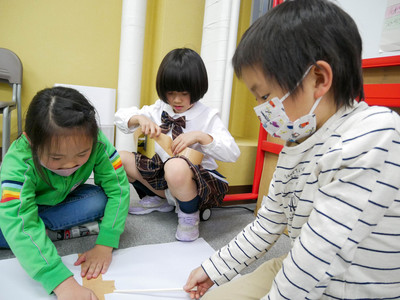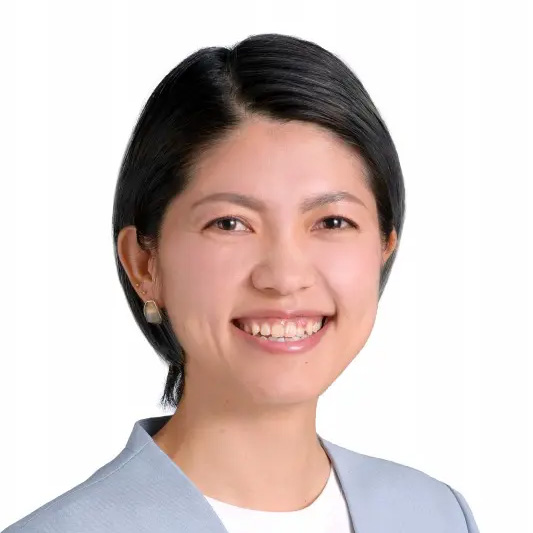Science Lesson for Project Work/サイエンスレッスン紹介
Here is an introduction to lessons at CGK Afterschool.
CGKアフタースクールでのレッスンについて紹介いたします。
CGK’s two-month-long project works will be based on the main “Driving Question”.
Here are the Driving Questions for this “Science” lesson.
CGKの2ヶ月間に渡って行うプロジェクト活動では、メインとなる”Driving Question”に基づいて学んでいきます。
今回の「サイエンス」レッスンでのDriving Questionはこちらです。
“What can you create with a cardboard box?”
どこにでもある段ボールを使ってどんなクリエイティブなものが作れるでしょうか?
The lesson theme was “Box Project.”
レッスンテーマは「Box Project」です。
We followed this theme and question with fun lessons each week that drew the student’s interest.
Here are the comments of Mr. Dan and Ms. Kitty, the teachers who were in charge of the lessons.
このテーマと問いに沿って、毎週子供たちの興味を引き出す楽しいレッスンを行いました。
担当していたDan先生、Kitty先生のコメントをご紹介します。

Week 1
Students were introduced to the core ideas behind PBL which will serve as a good introduction for new students and a good reminded for second year students. Students were informed that for this project they will be working together to create something for the school out of cardboard boxes. We read the book a box can be many things together and discussed it`s message and how with a little creativity a box could become anything you wanted it to be. Students then discussed images of things made from boxes and if they were good practical things they could make. Students then worked in teams to come up with ideas that they could make for their project. The idea behind this was for students to start talking about making compromises and incorporating ideas from different members of the group into a final idea. Students did produces many ideas, however, although their designs were creative they missed the goal of planning something practical and working together as a team.
新入生にとっては入門編として、2年生にとっては反省点として、PBLの基本的な考え方を紹介しました。今回のプロジェクトでは、ダンボールを使って学校のために何かを作るということを生徒たちに伝えました。「箱はいろいろなものになる」という本を読み、そのメッセージや、少しの創造性で箱は何にでもなることができることを話し合いました。生徒たちは、箱で作られたもののイメージを話し合い、それが実用的なものであるかどうかを考えました。その後、生徒たちはチームに分かれて、自分たちのプロジェクトで作ることのできるアイデアを考えました。これは、妥協することや、グループ内のさまざまなメンバーのアイデアを最終的なアイデアに取り入れることについて、生徒たちが話し合うことを目的としています。生徒たちは多くのアイデアを出しましたが、彼らのデザインはクリエイティブなものでしたが、実用的なものを計画し、チームとして協力するという目的を達成できませんでした。
Week 2
For week 2 we went back to the drawing board and reviewed last weeks lesson reading the book again and looking at pictures. The difference this time was there was a renewed focus on achievability, practicality, and teamwork. Using examples of designs from the previous week we critiqued them as a group and focused their thinking on making something everyone can enjoy, something the whole group can decide to make, and something that isn`t far too ambitious. Students were then assigned new groups and had to again come up with a design that everyone in their group could agree on that could also be practically made. The students really really impressed me this week with their ability to compromise and incorporate different ideas into a final design and made decisions through voting and talking. Some groups make more progress than others but everyone was so adult in how they went about working together I was honestly really proud of them all. For presentation they showed the class their ideas and listened to feedback. They will go away for the week thinking about changes they could make and material they will need for their final design next week.
2週目のレッスンでは、初心に戻って先週のレッスンの復習をしました。本を読み返したり、写真を見たりしました。今回の違いは、達成可能性、実用性、チームワークに新たな焦点が当てられたことです。前週のデザイン例を使って、グループで批評を行い、みんなが楽しめるもの、グループ全体で決められるもの、野心的すぎないものを作ることに焦点を当てました。その後、生徒たちは新たなグループに配属され、再びグループ全員が納得できる、実用的なデザインを考えなければなりませんでした。今週の学生たちは、様々なアイデアを妥協して最終的なデザインに取り入れ、投票や話し合いによって決定する能力があり、本当に感心しました。他のグループよりも進展したグループもありましたが、全員が協力して作業を進めていく様子はとても大人びていて、正直なところ、彼らをとても誇りに思いました。プレゼンテーションでは、自分たちのアイデアをクラスで発表し、フィードバックに耳を傾けました。来週の最終デザインに向けて、変更点や必要な素材などを考えていくことになります。
Week 3
Students reviewed their drawings and ideas from week two by presenting to the class, explaining the concepts and answered questions from their peers and teachers. They were encouraged to take on board feedback where the ideas weren`t clearly understood and think about how they needed to improve the drawings/explanations. Ms. Kitty showed the class her idea for the Box Project (CGK Mailbox), presenting a poster which showed the final design, how the idea works and what it looks like inside. They separated into their working groups and were asked to discuss the final idea, takings votes if they weren`t able to come to a unanimous decision, and to produce a poster with their final design, detailed drawings and to write a shopping list of the required materials to build their project.
生徒たちは、2週目に描いた絵やアイデアをクラスで発表し、コンセプトを説明し、仲間や先生からの質問に答えて復習しました。生徒たちは、アイデアが明確に理解されていないというフィードバックを受け、どのように絵や説明を改善すべきかを考えるように促されました。Kitty先生は、自分が考えたボックスプロジェクト(CGK Mailbox)のアイデアを、最終的なデザイン、アイデアの仕組み、内部の様子を示すポスターを使ってクラスに紹介しました。ワーキンググループに分かれて、最終的なアイデアについて話し合い、全員一致でない場合は投票を行い、最終的なデザイン、詳細な図面、プロジェクトに必要な材料の買い物リストをポスターにして発表することになりました。

Week 4
As a class we reviewed the final posters the groups made in week 4 and talked about the different elements of the designs; how it works, the size, how they came to the final decision. Students asked questions if they wanted to know more about the idea and gave suggestions on how to improve things. Ms Kitty showed them her proto-type CGK Mailbox which was made from paper and how she had thought about the structure of her piece. The students went into their groups to refine their drawings and confirmed the final idea, then began to experiment with paper to think about how they will be making their final product.
クラスでは、第4週に各グループが作成した最終的なポスターを見直し、デザインのさまざまな要素、仕組み、サイズ、最終的な決定に至った経緯などについて話し合いました。生徒たちは、そのアイデアについてもっと知りたいと質問したり、どうすれば改善できるか提案したりしました。Kitty先生は、紙で作られたCGKメールボックスの原型を見せ、どのように作品の構造を考えたかを説明しました。生徒たちはグループに分かれて絵を描き直し、最終的なアイデアを確認した後、最終的な製品をどのように作るかを考えるために紙を使った実験を始めました。
Week 5
Ms. Kitty showed the class the CGK mailbox which she had made from cardboard to help the students understand how she followed the stages of designing, planning and then building. The class were given their cardboard boxes and discussed what they would be working on individually to work efficiently and started building their projects. Most students were communicating very well amongst their groups, thinking practically and being aware of the others working around them. Some groups faced problems with their structures but overcame the issues through discussion and asking for advice.
Kitty先生は、自分がダンボールで作ったCGKのメールボックスをクラスに見せて、設計、計画、構築の段階をどのように踏んでいるかを生徒たちに理解させました。ダンボール箱を渡されたクラスは、効率的に作業を進めるために、それぞれが何に取り組むかを話し合い、プロジェクトを作り始めました。ほとんどの生徒は、グループ間のコミュニケーションをうまくとり、実践的に考え、周りで作業している人に気を配っていました。いくつかのグループは構造上の問題に直面しましたが、話し合いやアドバイスを求めて問題を解決しました。

Week 6
The groups had a chat with Ms Kitty during learning center time to go over what they did last week, discuss what they planned to do today and what they wanted to achieve by the end of the day. When project time started everyone was able to start without any issues and worked really well on their box projects.
グループは、ラーニングセンターの時間にKitty先生とおしゃべりをして、先週やったことを振り返り、今日やる予定のことや、今日の終わりまでに達成したいことを話し合いました。プロジェクトの時間が始まると、みんな何の問題もなく始めることができ、自分のボックスプロジェクトにとてもよく取り組んでいました。
Week 7
The students continued to work on their boxes as it was the final day of project. Most of the groups finished their projects and were communicating really well amongst themselves but there was one group that wasn`t able to reach their target and complete everything. Overall it was a very productive day.
プロジェクトの最終日ということもあり、生徒たちは自分たちのボックスを作り続けました。ほとんどのグループがプロジェクトを完成させ、お互いにコミュニケーションをとっていましたが、1つのグループは目標を達成できず、すべてを完成させることができませんでした。全体的にはとても充実した一日でした。
Week 8
Presentation week. The students practiced their individual roles and thought about what they wanted to say during the final presentation.
プレゼンテーションの週。各自の役割を練習し、最終プレゼンで何を伝えたいかを考えました。


Group communication was very important in this project.
Groups in which the leader of the group was able to organize everyone's opinions, make decisions, and share ideas were able to move the project forward quickly.
However, groups that had opinions but could not come together as a group were not able to start work and seemed to fall behind.
今回のプロジェクトでは、グループでのコミュニケーションがとても大事でした。
リーダーとなる子がみんなの意見をまとめ、決断していたり、アイディアを出し合っているグループはプロジェクトをどんどん進めることができていましたが、
意見はあるけどグループとしてまとまらないグループはなかなか作業に取り掛かることができず、出遅れてしまう様子がありました。
The ability to cooperate in a group is one of the global skills that we value at CGK.
Our teachers support the elementary students in their lessons so that they can acquire this skill.
We will continue to create an environment where they can challenge themselves through trial and error through experiences that do not go well.
We will be happy to see the children grow in their future activities.
グループで協力する力はCGKで大切にしているグローバルスキルの一つです。
小学生たちにはそのスキルを身につけてもらえるように、先生たちがサポートしながらレッスンに取り組んでいます。
上手くいかない体験を通して試行錯誤しながら挑戦できる環境をこれからも作っていきます。
今後の活動の中で子供たちの成長していく姿が見れると嬉しいです。
Our next science lesson will be on the subject of "CGK Pets."
If we were to keep one, what would be a suitable pet for afterschool? We will think about it while learning about the ecology of animals.
次回のサイエンスレッスンは「CGKペット」というテーマで、
もし飼うならアフタースクールに適したペットは何がいいのか?動物たちの生態を学びながら考えていきます。
Author Profile
-

-
Saeda Sueki-Au-Yeung - School Director (Japan)

School Director of CGK International School.
Graduated from a 4-year university in America, joined women's soccer team (National Champion).
After working in childcare and management at CGK Preschool and CGK Afterschool, she became the director of the entire CGK International School.





















